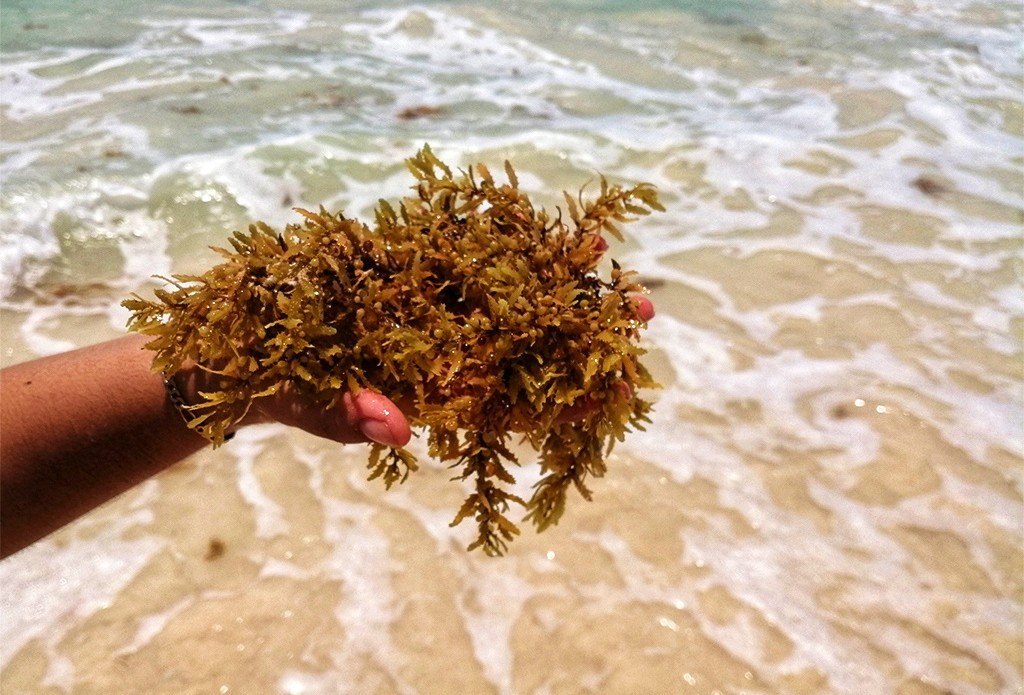Cuba on High Alert Over Massive Sargassum Invasion in Guantánamo

Cuba has declared a maximum alert as a massive sargassum invasion hits the eastern coastline of Guantánamo province, posing serious health and environmental risks.
The alert was issued by the Ministry of Science, Technology and Environment (CITMA), which reported that decomposing sargassum is releasing toxic gases such as hydrogen sulfide and ammonia. These emissions can lead to eye and respiratory irritation, headaches, nausea, and are especially harmful to those with asthma or allergies.
Officials also warned about skin and gastrointestinal infections due to harmful bacteria that thrive in decaying seaweed and can spread via contact or contaminated water.
Experts attribute the phenomenon to climate change, pointing to rising sea temperatures, shifting currents and wind patterns, and nutrient pollution from sources like the Amazon and Congo rivers.
In response, cleanup efforts have begun at affected beaches like Tortuguilla, with help from volunteers and medical school students. However, satellite images reveal a massive belt of sargassum drifting across the Atlantic, raising fears that this year's influx could surpass the 2018 record of over 522,000 tons.
Communities such as Baracoa, San Antonio del Sur, Baitiquirí, and El Guanal are reporting severe odors, respiratory issues, marine die-offs, and corrosion of infrastructure. The fishing and tourism sectors are also at risk.
CITMA urges residents to avoid direct contact with the seaweed and to stay updated through official channels, as scientists warn that sargassum is no longer a seasonal issue but a chronic environmental challenge requiring international cooperation and immediate action.














